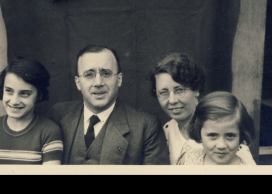UBC researchers run tests to find best materials and styles for face masks
September 16, 2020
Lightweight cotton mask with dried baby-wipe filter combines good filter quality and breathability
Most scientists and health authorities support wearing non-medical face masks in public to help prevent the spread of COVID-19. A team of UBC researchers led by Steven Rogak, a professor of mechanical engineering who studies aerosols, and Dr. Jane Wang, a clinical instructor in the faculty of medicine, decided to test the most popular types of mask fabrics to find out how well they filtered particles while remaining breathable. Here, they share their findings.
- Health, safety and wellbeing
- Research
- University news
- Media release




